From turtles to pink sea fans: Why Mediterranean marine life is drifting into British waters
Both leatherback sea turtles and the soft corrals’ presence near our shores coincides with our warming seas, Lotte Brundle writes.
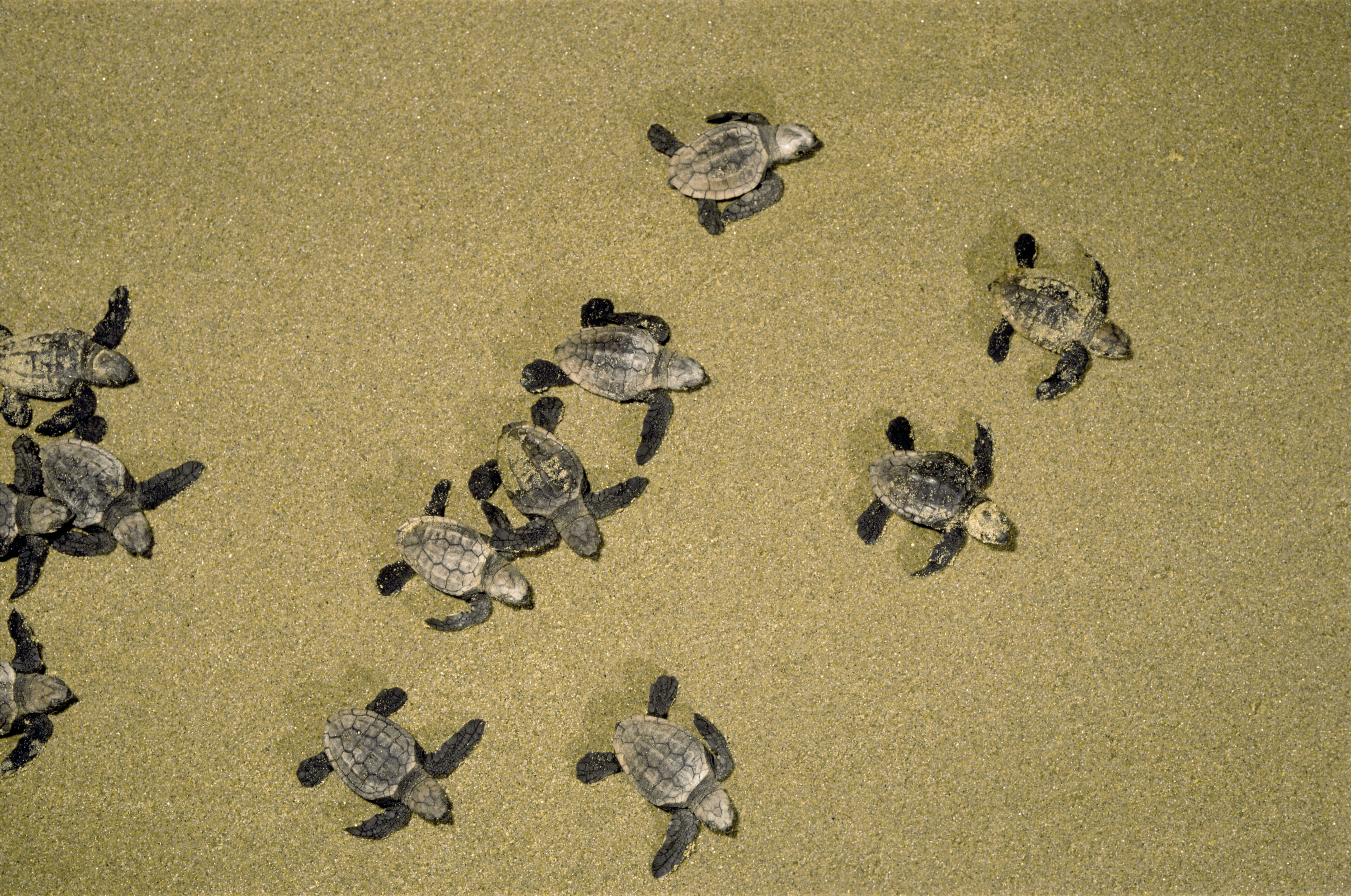

They’re leathery and they’re back. Specifically a leatherback sea turtle, measuring 7ft, which was spotted, last week, off the coast at Branscombe in East Devon. The giant creature, typically found in the Caribbean, Mediterranean and the Canaries, likely ventured north to feast on the myriad jellyfish that our waters have to offer.
Leatherbacks are the world’s largest breed of turtle, weighing in at around 2,000lb. The animals can live for up to 100 years and their name, unsurprisingly, comes from their dark leathery skin — in place of the typical hard turtle shell. They are able to regulate their internal temperature to maintain heat in colder, jellyfish-rich waters. In the UK they are a designated Priority Species under the Post 2010-Biodiversity Framework because they are at risk of extinction.
Grant Sinclair, a local freediver, shared footage of himself on YouTube swimming with the turtle in Seaton Bay. On the Marine Conservation Society’s official Instagram page, a video shows one of the animals coming up for air, filmed from a boat.
A post shared by Marine Conservation Society (@mcs_uk)
A photo posted by on
The prehistoric creatures (leatherbacks once shared Earth with dinosaurs) migrate further than any other reptile. The animal — which you can identify by its size and the white dots covering its black body — is a rare, but not unheard of visitor to the UK. Recently, sightings along the western coastlines have risen. Last year, 35 turtles were reported in UK and Irish waters (ten of those 35 were leatherback), compared to just 12 turtles in total in 2022. In Brighton, the country's first dedicated rehabilitation centre for turtles has been set up, such is the increase.
What to do if you see a turtle (according to The United Kingdom & RoI Turtle Code)
To aid turtle conservation, there are a few things you can do if you spot a turtle. First of all, you should report the sighting immediately online on the Marine Conservation Society’s website. Any description you have of the turtle will be helpful to them. Note any damage, the length of the turtle, the breed (if you are able) and provide photographs if possible. The location, date and time of the sighting are also important, as are any details you can see on a visible tag on their flippers.
If you find an endangered or entangled turtle, after reporting it (the relevant local contacts can be found here) it is crucial that you act fast as marine turtles will drown if trapped underwater. If trapped, turtles are likely to be stressed and can bite or lash out with their flippers, so wear a pair of rubber gloves before acting.
If entangled at sea, approach calmly. First ensure that the turtle’s head is above water so that it is able to breathe. If alive, avoid towing a turtle to shore if you can, disentangle them and release them at sea instead. Do not use a gaff to pull the turtle alongside you and avoid pulling hard on their flippers. Do not haul leatherbacks aboard. Carefully disentangle them and make sure that your vessel has been stopped before releasing the turtle and that they have swam away before you move on. Only bring the turtle to shore if it is impossible to disentangle them at sea.
If bringing ashore, tow leatherbacks slowly and make sure that their head is above water. Release them in shallow water, not on land, other species should be retained and reported. If traumatised or inactive a hard-shelled turtle can be saved if they are small enough to be brought aboard your boat. Wrap them in a towel or blanket but leave their nostrils out. Place the animal in a secure and sheltered place on its belly, then, to drain the lungs, raise the turtles back end, so that it is resting at around 30 degrees. Keep it this way until you reach the shore.
If a turtle is dead the code advises that you do not touch them. If stranded on land and uninjured, leatherbacks can be carefully dragged back to sea and released. You may need help, and be sure to pull their shell, not their flippers. Do not drag a leatherback turtle over rocks. If stranded on rocks, it may be better to wait for the tide to come in before attempting to move the turtle back to the sea.
Other species that are hard-shelled are usually cold stunned juveniles. This means they should not be placed back in the sea. As before, carry out the towel procedure. If inactive raise the rear end of the turtle to 30 degrees and report its presence to the relevant authority.
For more information consult The United Kingdom and RoI Turtle code.
The sighting comes amid an exponential rise in marine diversity around the Isles. During the production of Ocean with David Attenborough a pink sea fan reef, perfectly preserved, was discovered off England’s southwest coast. The discovery of the soft corals, normally found in the northeast Atlantic and Mediterranean, was made by researchers from the Marine Biological Association (MBA) along with the filmmakers at Silverback Films. Dr Bryce Stewart, a senior research fellow at the MBA, said: ‘This pink sea fan reef is a stunning and significant find, a little sanctuary. These delicate corals grow incredibly slowly and support a rich variety of marine life. Discovering this habitat intact gives us both an urgent reason and a rare opportunity to act now to protect it for future generations.’
The pink sea fan is primarily found in the UK in South West England and South Wales, and and can be located in shallow waters, usually between 10 and 50m deep. Scallop dredging and bottom trawling has had a big impact on its abundance, so when it is located, it is vital that it is protected. Leatherbacks are the species of turtle most often recorded in UK waters. As they are able to metabolically raise their body temperature above that of their surrounding environment, they can survive in colder waters, meaning many migrate in the summer to feed on our jellyfish. As the oceans warm up, due to climate change, and the direction and strength of currents change, they are being forced to travel greater distances to find new hunting grounds. It may mean we’re more likely to spot them off our shores, but this may also mean that they are having to travel further for their food.
Sea fans grow only a few millimetres every year, and the size of those found during the filming of Ocean with David Attenborough indicates that they have been established for a significant period of time. ’We were shocked,’ said Olly Scholey, a director at Silverback Films. ‘What we saw on the seabed was a carpet of pink sea fans — an oasis of life hidden beneath the waves. Only by surveying the area did we discover this incredible habitat that is vulnerable to destruction. If one survey can uncover such a gem, who knows how many more treasures are hidden on the seabed.’
Exquisite houses, the beauty of Nature, and how to get the most from your life, straight to your inbox.
Stewart would like to secure formal protection for the area off the southwest coast. ‘There is hope — if we properly protect marine ecosystems and manage human activities sustainably, then the ocean can bounce back at an astonishing rate,’ he said. ‘The evidence and insights provided by the MBA, alongside our efforts to improve fisheries management and marine conservation, help to inform better practices and influence policies that protect our oceans.’
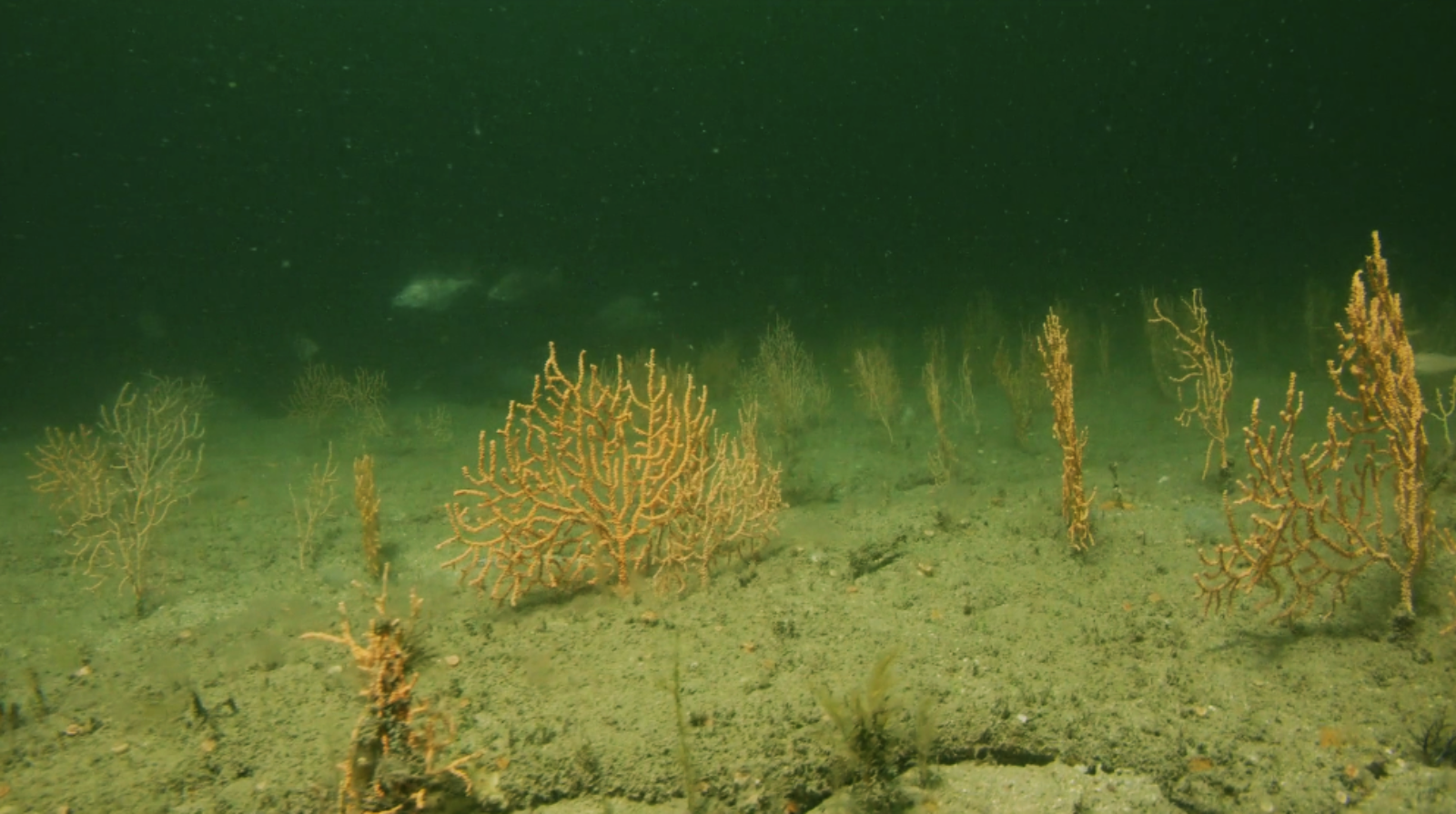
The pink sea fans found during the filming of 'Ocean with David Attenborough'.
Lotte is Country Life's digital writer. Before joining in 2025, she was checking commas and writing news headlines for The Times and The Sunday Times as a sub-editor. She has written for The Times, New Statesman, The Fence and Spectator World. She pens Country Life Online's arts and culture interview series, Consuming Passions.
-
 A home where medieval, Georgian and modern come together in rare style
A home where medieval, Georgian and modern come together in rare styleSet in a couple of acres in the leafy outskirts of Essex, Rochfords is a family house that blends old and new with charm and a sense of fun.
-
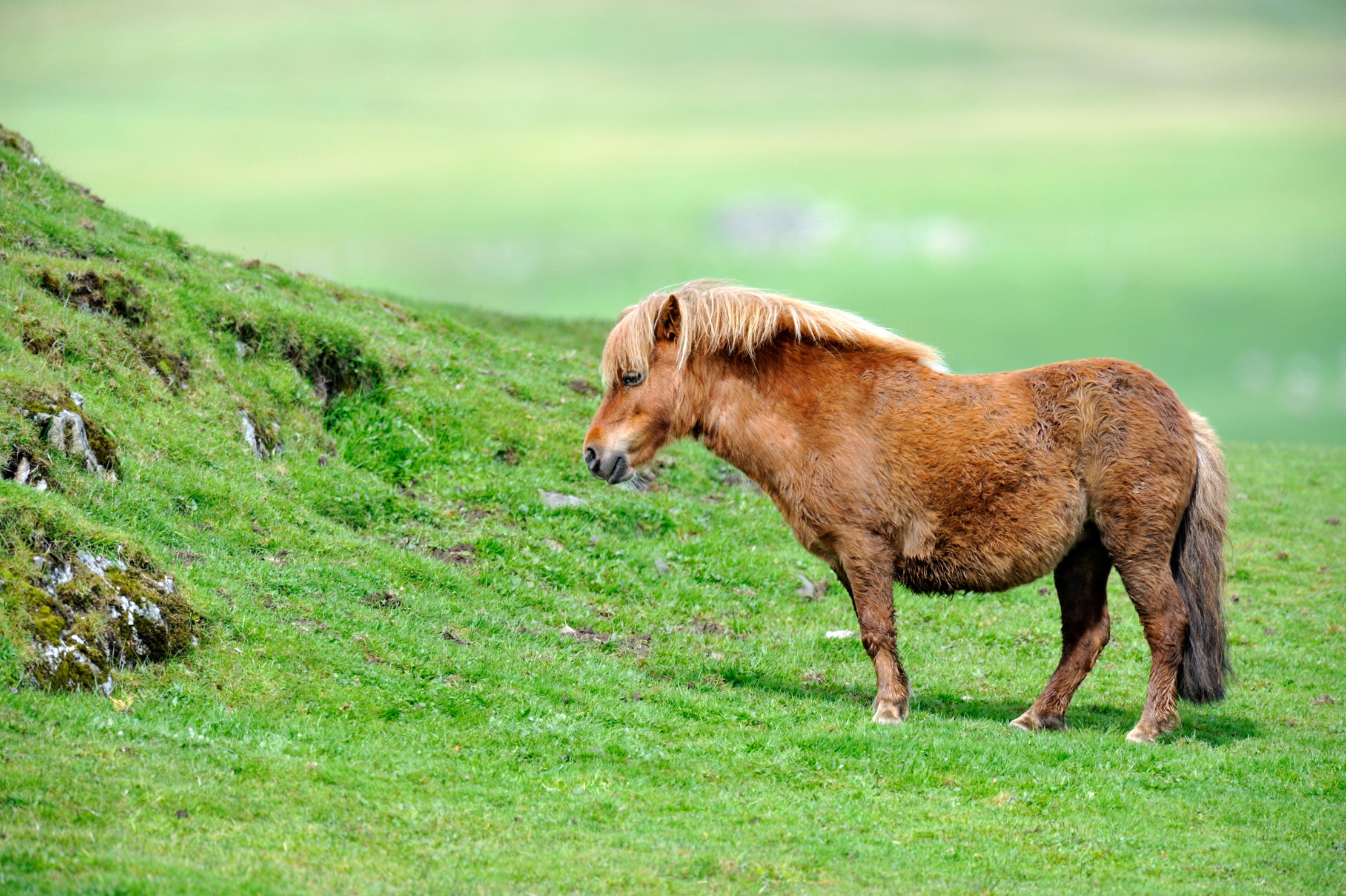 Missing ponies, Highland games, and a lighthouse in the Shetland Isles. It's a very Scottish Country Life Quiz of the Day
Missing ponies, Highland games, and a lighthouse in the Shetland Isles. It's a very Scottish Country Life Quiz of the DayImpress your friends north of the border by scoring highly on all things Scotland.
-
 An unfenced existence: Philip Larkin's love of the countryside
An unfenced existence: Philip Larkin's love of the countrysideRichard Barnett pokes at Larkin’s protective carapace of soot-stained gloom and finds a writer with an unillusioned yet tenderly perceptive sense of Nature, in all its beauty and indifference
-
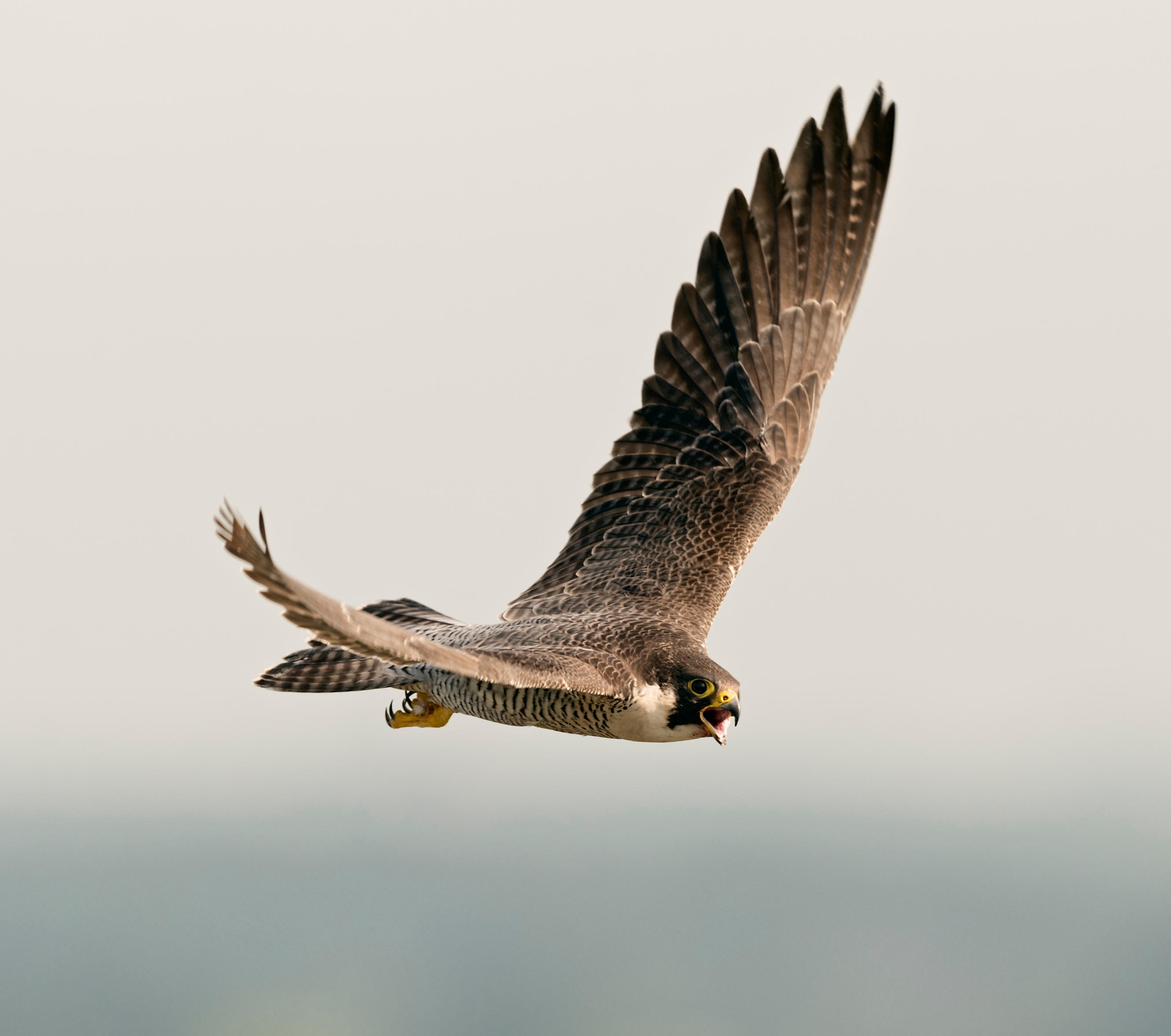 'It is hard to beat the excitement of watching a peregrine you have trained stoop from 1,000ft, going more than 100mph' — the complicated world of falconry
'It is hard to beat the excitement of watching a peregrine you have trained stoop from 1,000ft, going more than 100mph' — the complicated world of falconryA combination of spellbinding sport and profound empathetic connection, falconry–a partnership in which the bird maintains the upper hand–offers a window into ‘the deeper magic’.
-
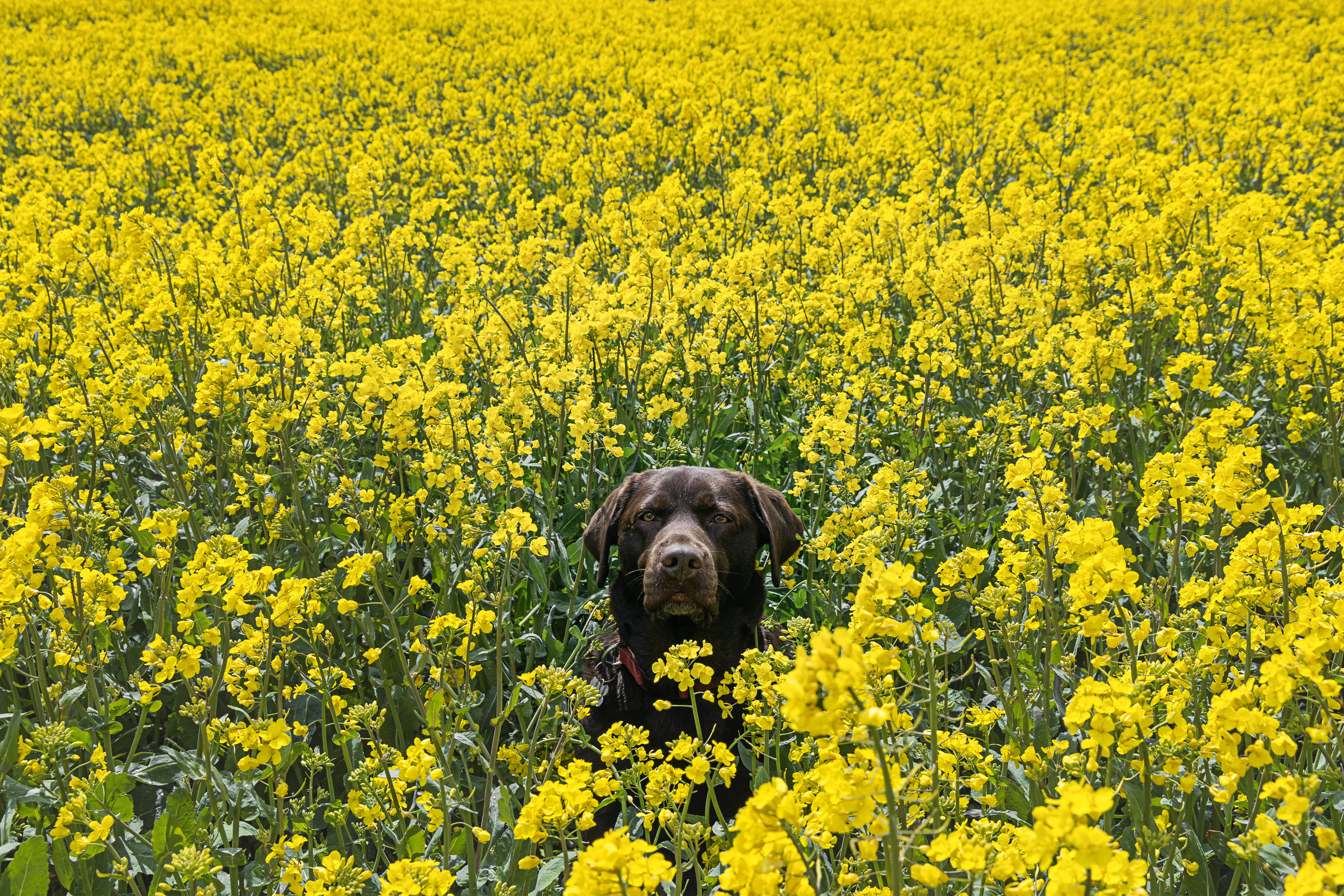 What is everyone talking about this week: More than half the country owns a pet and nearly half our marriages end in divorce — no wonder pet-nups are on the rise
What is everyone talking about this week: More than half the country owns a pet and nearly half our marriages end in divorce — no wonder pet-nups are on the risePet-nups, a formal agreement between couples over what should happen to their pets in the event of a split, are on the rise.
-
 Haute dogs: How fashion’s finest would dress 11 dogs and one very spoilt cat if only they had the chance
Haute dogs: How fashion’s finest would dress 11 dogs and one very spoilt cat if only they had the chanceWe’ve matched some much-loved breeds to the designers that share their history, temperament and vibe — because why not. Illustrations by Tug Rice.
-
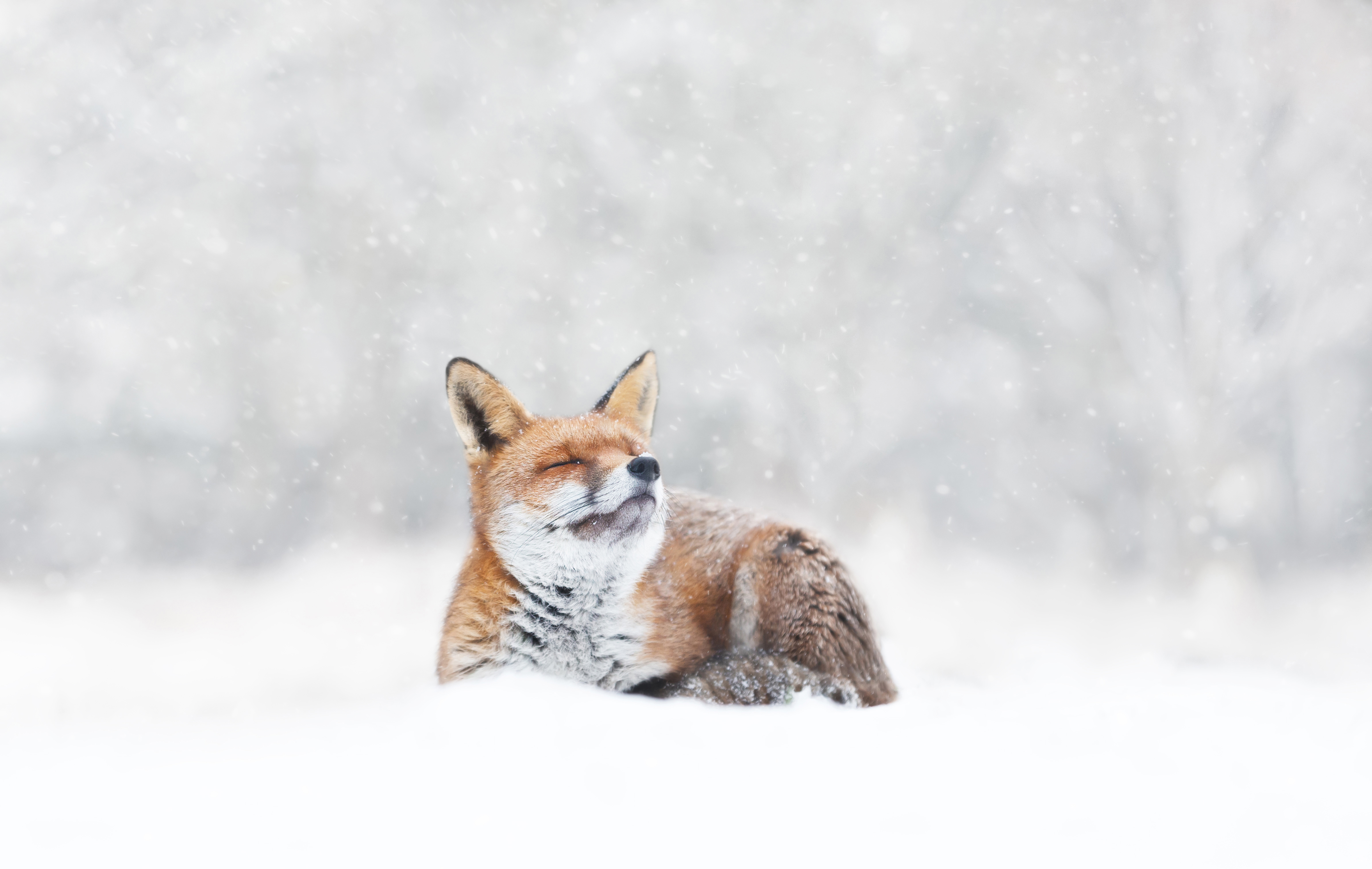 Baby, it’s cold outside (even if you have a natural fur coat): How our animals brave the winter chill
Baby, it’s cold outside (even if you have a natural fur coat): How our animals brave the winter chillWhen the temperature drops, how do Britain’s birds, beasts and plants keep the cold at bay? John Lewis-Stempel reveals Nature’s own thermals.
-
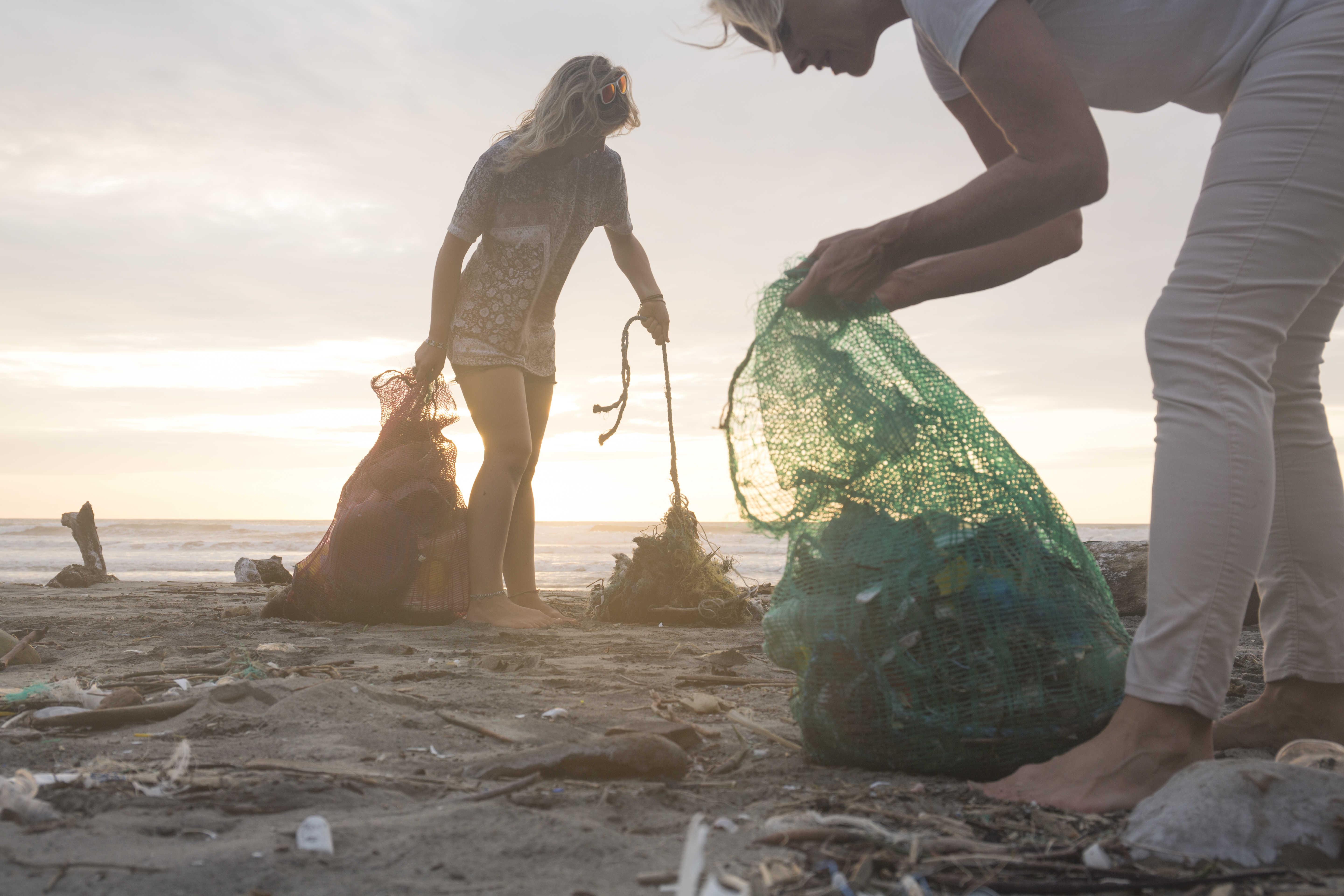 Retro rubbish: Waste from the 90s unearthed in 97-mile-long beach clean
Retro rubbish: Waste from the 90s unearthed in 97-mile-long beach cleanThe 6,482 volunteers unearthed waste discarded decades ago among the 232,229 pieces of litter recorded during the initiative.
-
 Yorkshire’s bravest and most charming gentleman — the Airedale terrier
Yorkshire’s bravest and most charming gentleman — the Airedale terrierBred on Yorkshire’s riverbanks to face otters, snakes and even enemy fire, the Airedale has gone from the trenches of war to the hearts and homes of presidents and movie stars.
-
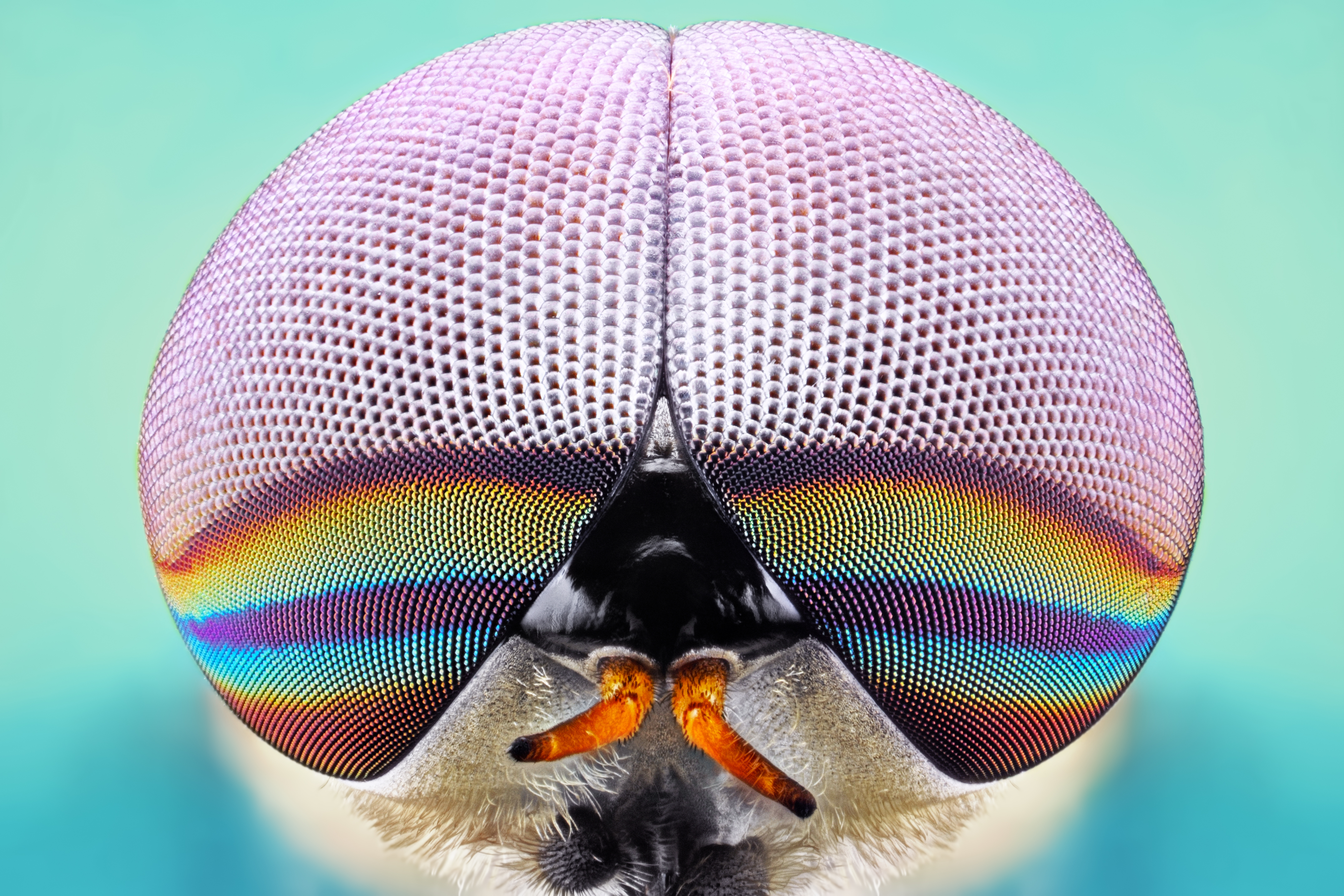 Dangerous beasts (and where to find them): Britain's animals that are best left alone
Dangerous beasts (and where to find them): Britain's animals that are best left aloneJohn Lewis-Stempel provides a miscellany of our otherwise benign land’s more fearsome critters.


